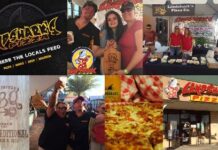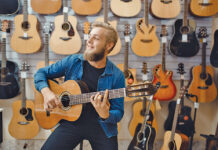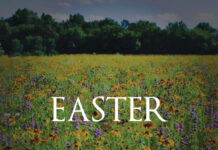 By Kay Leaman, Health Architect, HealthyDay HealthyLife
By Kay Leaman, Health Architect, HealthyDay HealthyLife
Most of us have experienced a headache and/or migraine; I have experienced both. There are several types of headaches, classified by the cause:
Primary – caused by chemical, nerve, and blood vessels or muscles around the head and neck. The skull aches with these types.
Cluster – Normally centered in or around one eye and side of head. They are very painful and occur in cyclical patterns or periods of time. This pattern can last weeks or months with remission following, which can last for months or years before returning. In some instances remission is permanent.
Sinus – Infections or irritations in the sinuses can trigger these and are centered above and below the eyes where the sinuses are located.
Tension – Mild to moderate pain. The pain can feel like a tight band around the forehead and can include the back of the neck. The scalp, neck and shoulders and be tender to the touch.
The last class is Migraines. They create a severe throbbing pain accompanied by a pulsing sensation on one side of the head. These headaches can also trigger nausea, vomiting and extreme sensitivity to light and sound. They can last for hours or days and can interfere with daily activities. An Aura migraine can happen before (acting as a precursor) or during and include visual disturbances such as flashes of light or blindspots, tingling in the extremities and difficulty speaking.
Migraines are usually attributed to genetic or environmental factors. The trigeminal nerve (complex nerve in the cranium) is involved which interacts with the brain stem. Triggers can be hormonal changes or medications (including birth control) stress, sleep changes, foods and drinks (dyes, preservatives, MSG, artificial sweeteners), skipping meals and sensory stimulation such as bright lights, strong smells, loud noises or weather changes. There is also evidence that chemical imbalances play a part.
Electrical and magnetic stimulation are approved treatments for migraines. The FDA has approved the Cefaly device (transcutaneous supraorbital neurostimulator) and the Spring TMS (single pulse transcranial magnetic stimulator). Another device that offers a successful treatment (offers resolutions of active migraines) is the Electro-Equiscope (unharmful micro-current electrical device).
Things to consider that can aid in preventing headaches are aerobic exercise, having a regular sleep schedule and maintaining a healthy diet.
From the holistic side, nutrients have offered great success to those suffering from the various classifications. Among these are: Vitamin D and B complex Magnesium and Co-enzyme Q10 Curcumin and Omega 3 (fish oil), High-quality Grape Seed Extract and Resveratrol (Free radicals and oxidative stress significantly increase during attacks. Measuring thiol levels indicates that consuming these nutrients also aids in reducing the severity and incidences of migraines.), Melatonin and DHEA.
So much of our health is attributed to the attention and care we give to nourishing our cells. I have personally found, as have thousands of others, that feeding my body with the correct amounts of macro and micro nutrients on a daily basis has improved my quality of life. Factors that we have no control over such as air and EMF pollutants, chemicals we unknowingly ingest, etc., affect our health and overload our body systems. Being proactive with our health can and does give our body a greater ability to combat these invaders.
Here’s to Health!



























































